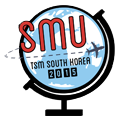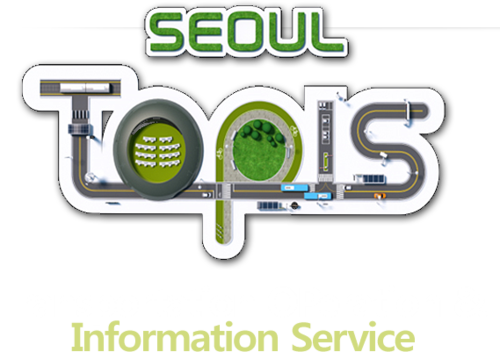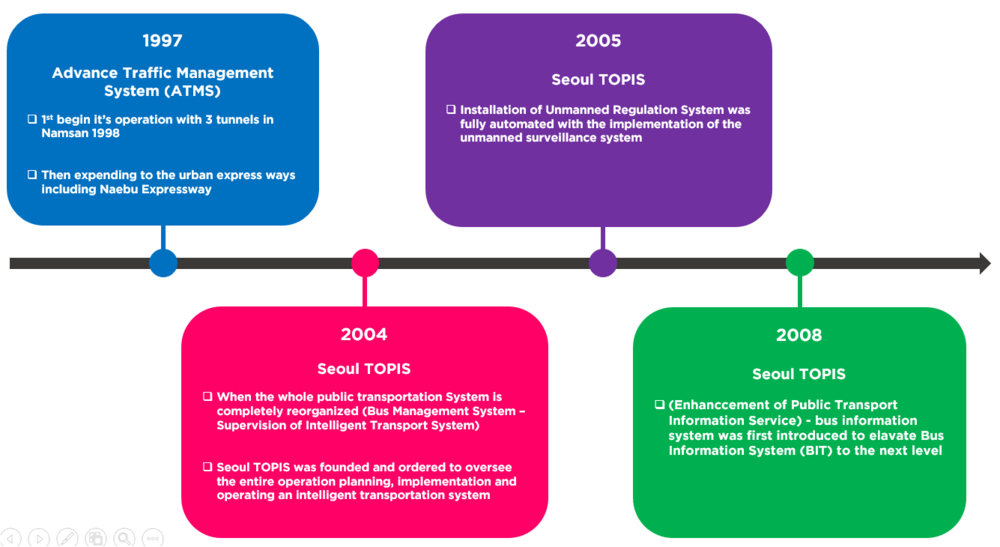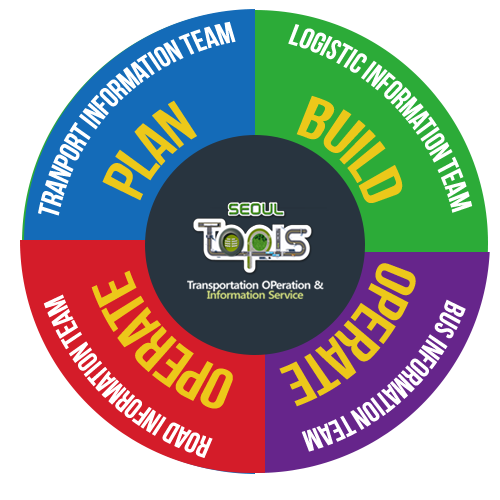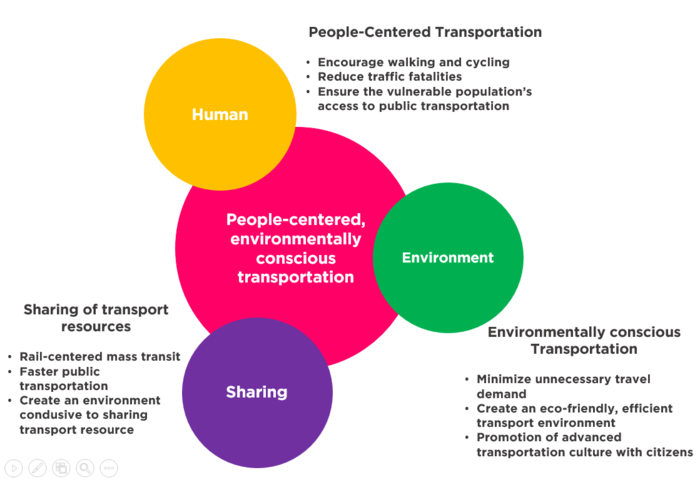Difference between revisions of "1415T2g1 South Korea/Project Teams/Team 3/Companies"
May.koh.2012 (talk | contribs) |
May.koh.2012 (talk | contribs) |
||
| Line 141: | Line 141: | ||
=== <font color="#2E3535" face="impact" size="6px"> Learning Points </font> === | === <font color="#2E3535" face="impact" size="6px"> Learning Points </font> === | ||
<font size="3.5" face="gotham"> | <font size="3.5" face="gotham"> | ||
| + | - Support private tech companies in their efforts to expand abroad<br/> | ||
| + | The municipal government is sparing no efforts to support related businesses in exporting their intelligent transport management technologies. | ||
| + | As the city annually receives as many as 1,300 foreign officials a year, it has built the ITS-Friendship where Korean intelligent transportation system firms get connected and socialized with the foreign city officials. | ||
| + | |||
| + | - Standardize the ITS Utilizing its technology and experience<br/> | ||
| + | Seoul plans to develop a standard platform for an intelligent transport system and apply it to other domestic governments and share it with foreign cities. Using a standard platform will help many foreign cities to introduce intelligent transportation system without much initial investment, even though they might lack the necessary skills and experience. | ||
</font> | </font> | ||
| − | |||
=== <font color="#2E3535" face="impact" size="6px"> References </font> === | === <font color="#2E3535" face="impact" size="6px"> References </font> === | ||
Revision as of 22:02, 11 February 2015
| About Us | Our Companies | Our Reflection |
| Date | Action |
|---|---|
| 28th Jan 2015 | Sent a request email to Seoul TOPIS |
| 31st Jan 2015 | Sent FB Message to Seoul TOPIS |
| 3rd Feb 2015 | Sent an follow up email and FB Message to Seoul TOPIS |
| 4th Feb 2015 | Confirmed the trip schedule with Seoul TOPIS via FB |
Contents
Company Seoul TOPIS
About Company
Seoul TOPIS, an integrated transport information and service system, launched in 2004 to support government officials in shaping sophisticated transport policy through collection and analysis of real-time data. The TOPIS-data based information service helps passengers to better plan their journeys and select the best modes of transportation by flagging congestion areas, giving estimated travel times, and providing bus arrival and waiting times.
TOPIS key functions include data collection and integration, operation and control, information pooling and usage, improved service and information sharing, mitigation of traffic congestion, incident management, using data for policy making, remote enforcement for illegal parking, and bus management.
What motivates Seoul TOPIS
When public transportation companies in crisis were not able to provide good service for users, more citizens took to the streets in small cars – worsening the situation. As streets become increasingly congested and bus companies continued to suffer, Seoul City decided to transform the bus system into a quasi-public operation
Strategy
- Transform bus system into a quasi-public operation
- Upgrade system to manage not only buses, but also all other transit-related system (excluding traffic signals)
Timeline
Organization
Solution
- TOPIS Center manages and gathers information from all public transportation in Seoul
- Center’s success derives from establishing scientific transportation policies based on collected data
Impact
- Data collection allows Seoul City to conduct new analysis that wasn’t possible before
- Bus companies benefit from establishment of fair and transparent competition system
- One unit integrated fare program improve service by allowing bus and subway riders to use all transit systems with only one card
- Satisfaction rate for public transportation as grown from less than 50 percent to 85-90 percent
How it Works
Enormous amount of data from road and video sensors, GPS, Taxi cab credit card readers, citizen and driver report, Wi-Fi networks, CCTV and unattended surveillance devices are processed by the Center’s databases. This real-time information is then distributed to citizens via smartphone apps, signboards at the bus stops and a web portal
Vision
Learning Points
- Support private tech companies in their efforts to expand abroad
The municipal government is sparing no efforts to support related businesses in exporting their intelligent transport management technologies.
As the city annually receives as many as 1,300 foreign officials a year, it has built the ITS-Friendship where Korean intelligent transportation system firms get connected and socialized with the foreign city officials.
- Standardize the ITS Utilizing its technology and experience
Seoul plans to develop a standard platform for an intelligent transport system and apply it to other domestic governments and share it with foreign cities. Using a standard platform will help many foreign cities to introduce intelligent transportation system without much initial investment, even though they might lack the necessary skills and experience.
References
- http://www.cisco.com/c/dam/en/us/solutions/collateral/industry-solutions/case-study-ioe-seoul-topis.pdf
- https://www.youtube.com/watch?v=YQ7AbusMATE&gl=SG&hl=en-GB
- https://www.youtube.com/watch?v=YA7BNfNi9vE
- http://www.slideshare.net/simrc/seoul-public-transportation
P.S <insert more sections based on the research>
